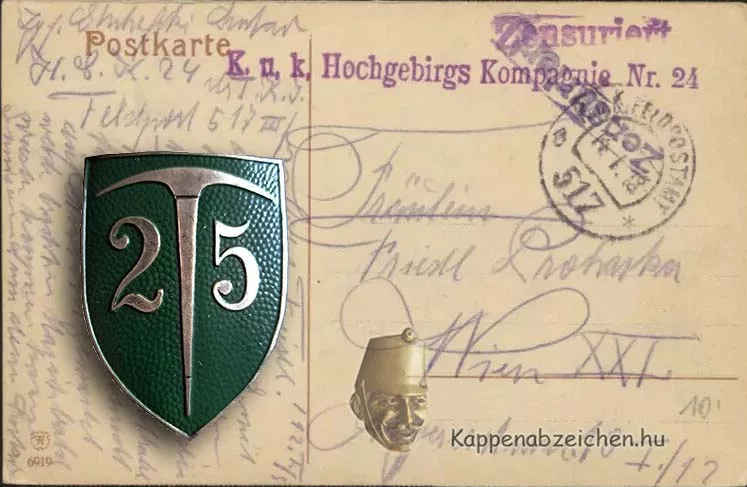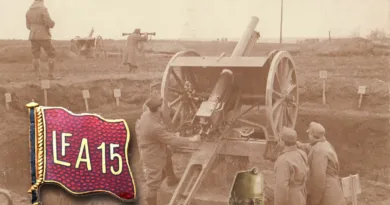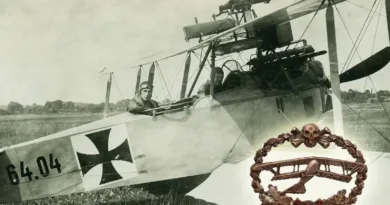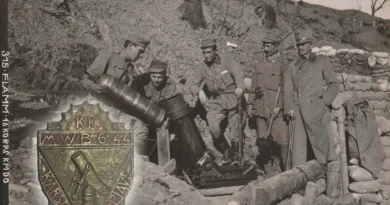High-mountain companies
Before the Great War, the formation of units to protect the borders of the Alps had begun. The Tyrolean provincial rifle regiments and the Landwehr regiments of Klagenfurt and Laibach had been trained for the mountain warfare. Their equipment was also suitable for the high-altitude terrain. However, during the Italian attack, it became clear that the five regiments alone were not capable of defending the front from the Swiss border to the Adriatic, and needed strong reinforcements. Accordingly, these units with special capabilities were only used in alpine terrain where troops with conventional training and equipment were unable to perform satisfactorily. Not even mountain brigades.
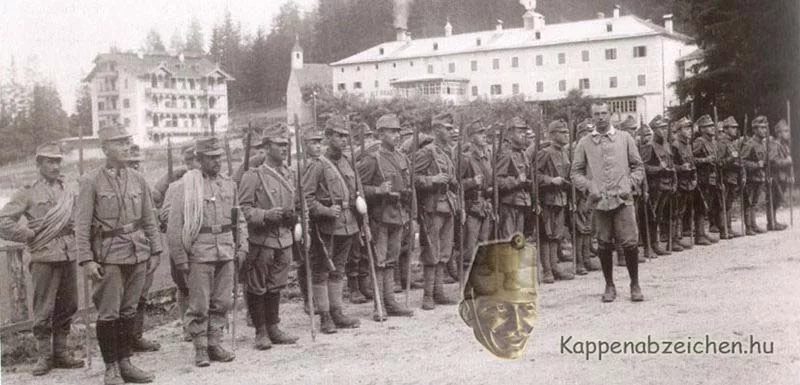
In addition to the existing five high-altitude regiments, additional units still had to be formed. These were the high-mountain companies (Hochgebirgskompanie). Their task was reconnaissance, guarding supply lines operating in alpine conditions (e.g. cable cars, high-mountain trails), and their technical maintenance. Their organization began in 1916, first as Streifkompanie (assault company), and then from 1917 as Hochgebirgskompanie (high-mountain company). The personnel of the companies could come from all over the Monarchy. The condition for entry was high-mountain experience, which, especially among officers, could often be proven by previous sports achievements.

The companies consisted of three platoons, one of which was a machine gun platoon (with two Schwarzlose machine guns). They also had three mountain guide squads, two telephone squads and one technical squad. Their equipment was adapted to the high-mountain terrain. The equipment included a backpack, pole, snowshoes, snow goggles, boots, crampons, and from 1918, complete ski equipment, rope, gaiters, snow gloves, storm jacket, and white camouflage clothing. Unfortunately, I was unable to find any data on the activities of the high-altitude companies. The sources mention some outstanding operations, for example, in the Ortler Pass with the participation of the 24th company. The only surviving badge was from the 25th high-altitude company. I do not know whether there was any higher-numbered unit, or whether each of the lower numbers had a corresponding unit (I think so).

